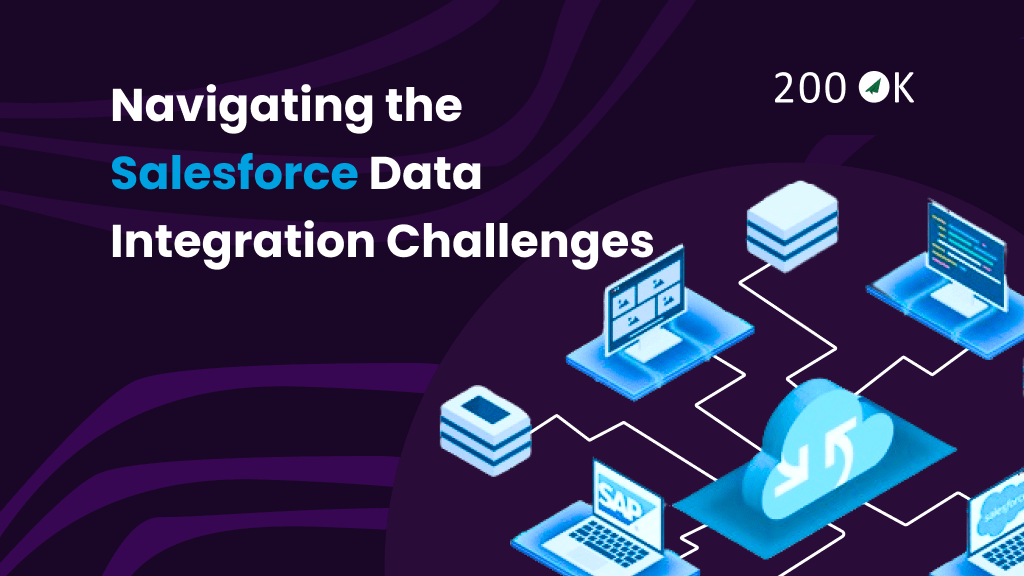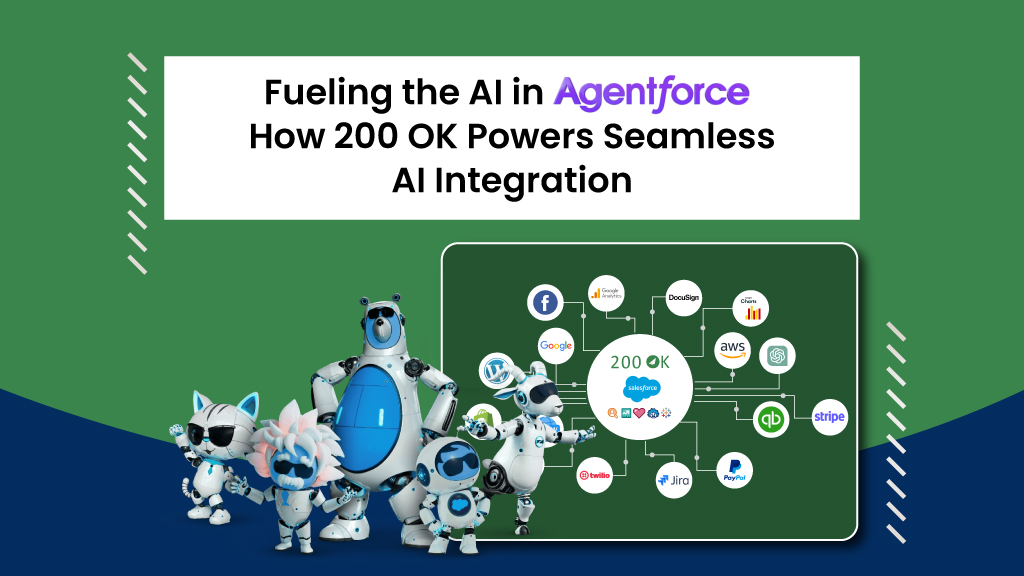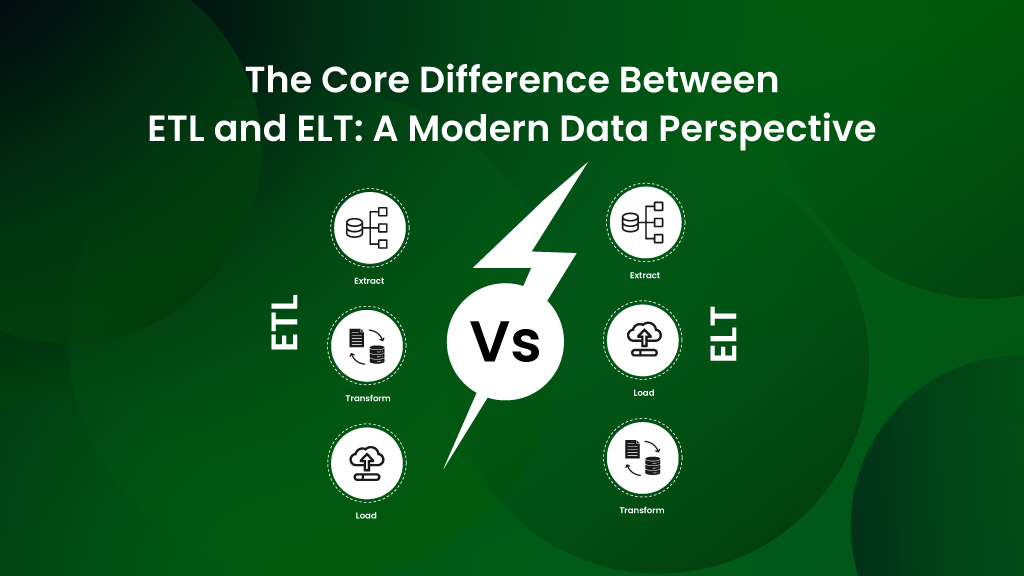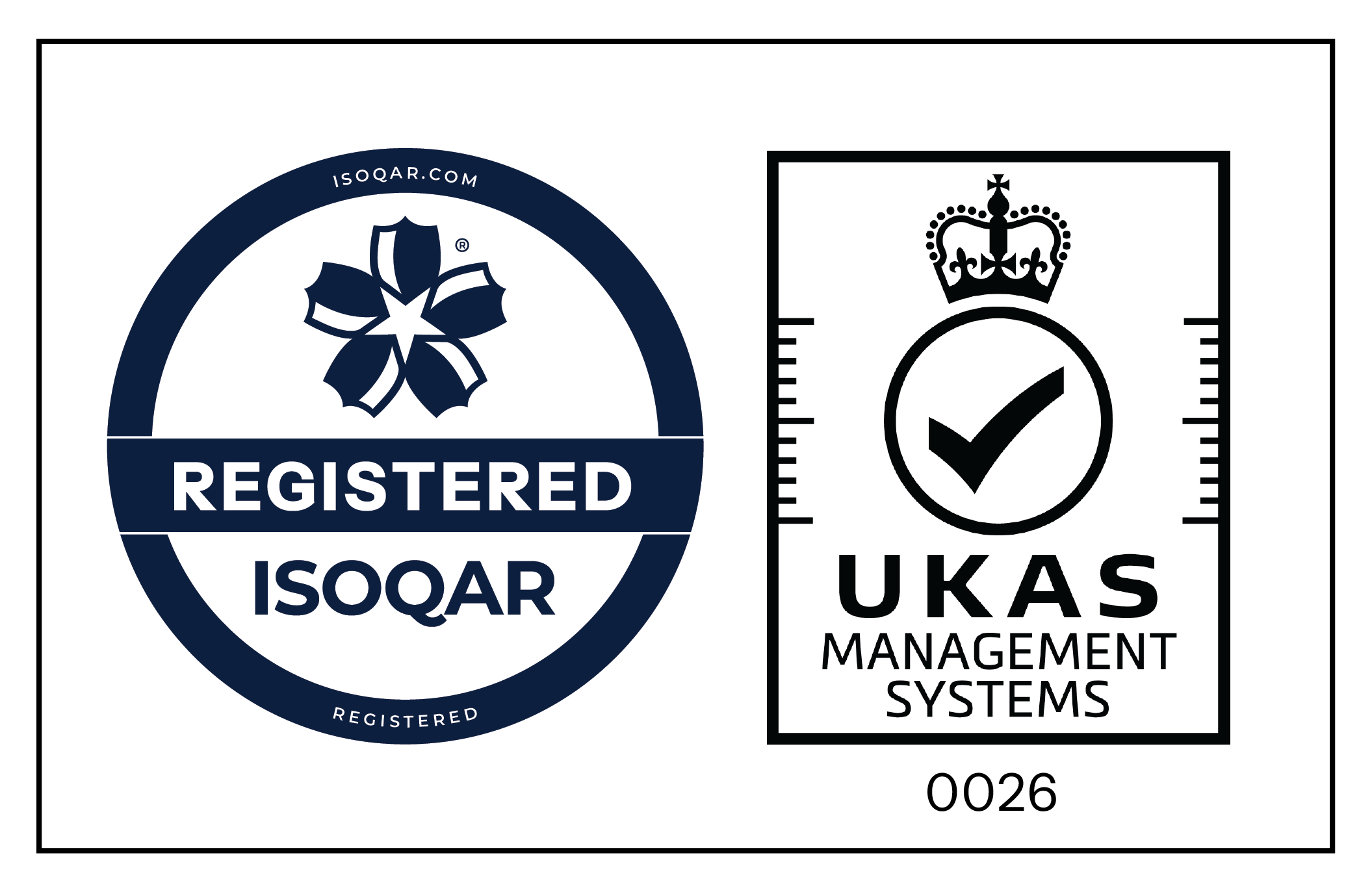Before we dive into the challenges of data integration, it’s always smart to get a good grip on the basics of that specific area.
Talking about data integration in particular, an astonishing 2.5 quintillion bytes of data are generated each day, with a significant portion flowing from diverse sources such as social media, transactional systems, ERP systems, and a lot more. In this sea of data, effective integration isn’t just a technical necessity but a strategic imperative. However, a recent survey indicates that over 65% of enterprises find data integration to be a major barrier to adopting advanced technologies like AI and big data analytics, without these technologies, we all know how obsolete businesses will be, in a span of time.
This challenge compounds as businesses face the daunting task of merging this data across disparate systems to drive insightful decision-making and innovative customer experiences.
Navigating this complex landscape requires more than just technical solutions; it demands a deep understanding of the underlying data integration challenges and a strategic approach to it, Salesforce in our context. This blog post delves into the core of data integration hurdles, drawing on industry insights and expert perspectives to offer a comprehensive view of this critical business process.
What is Salesforce Data integration?
Salesforce data integration involves the process of combining data from Salesforce with other data sources to create a unified, coherent view of information across multiple systems. This is essential for organizations that want to leverage their Salesforce Customer Relationship Management (CRM) capabilities alongside other business systems such as ERP (Enterprise Resource Planning), marketing automation tools, financial software, and other external databases.
A variety of tools and technologies are available for integrating data into Salesforce, including native Salesforce tools like 200 OK and other third-party middleware, that specialize in integrating and transforming data before it is loaded into Salesforce.
Why is Salesforce data integration crucial?
Salesforce data integration is crucial for several compelling reasons, all of which converge on enhancing business operations, decision-making, and customer experiences. Here’s why integrating data into Salesforce is so vital for organizations:
1. Holistic View of the Customer: Customer 360
Integrating data from various touchpoints and systems into Salesforce provides a complete view of each customer. This unified perspective is crucial for delivering personalized customer service, targeted marketing campaigns, and effective sales strategies. With all customer interactions and transactions visible in one place, businesses can better understand customer needs, preferences, and behaviors, leading to more effective engagement and higher satisfaction rates.
2. Enhanced Decision Making
Data integration allows for richer data analysis and more accurate reporting by consolidating disparate data sources into Salesforce. This centralized data can then be used to generate insights that drive strategic business decisions. Managers and executives rely on comprehensive data to assess performance, forecast trends, and allocate resources effectively. By having all relevant data in Salesforce, they can quickly access updated information and make decisions based on the latest data.
3. Increased Productivity and Efficiency
By automating the flow of data between Salesforce and other systems, organizations reduce the need for manual data entry, which is often time-consuming and prone to errors. Automation speeds up data processes, decreases the likelihood of data errors, and frees up employees to focus on more valuable tasks. This not only boosts productivity but also improves data reliability.
4. Improved Compliance and Data Quality
Data integration helps ensure that all data across systems is consistent and up-to-date, which is crucial for compliance with regulations like GDPR, HIPAA, and others. Consistent data helps in maintaining high data quality, which is essential for operational integrity and compliance reporting. With better data quality, businesses reduce the risk of compliance violations and the associated fines or legal implications.
5. Scalability and Flexibility
As businesses grow, their data needs become more complex. Salesforce data integration solutions are scalable, meaning they can handle an increasing amount of data and more complex processes as a business expands. Moreover, these solutions are flexible, allowing for the integration of new data sources or the adjustment of existing integrations to meet evolving business requirements.
6. Cost-Effectiveness
Integrating data into Salesforce can lead to significant cost savings over time. By reducing manual efforts, improving data accuracy, and minimizing downtime or delays caused by data issues, companies can operate more efficiently. Moreover, with improved insights and decision-making, businesses can avoid costly mistakes and capitalize on opportunities more swiftly.
Data Integration Challenges
Data Quality and Consistency:
Inaccurate or Incomplete Data: Dirty data in source systems leads to inaccurate data in Salesforce, impacting reports, workflows, and decision-making. Data Duplication: Duplicate records can inflate costs, create confusion, and skew data analysis.Security and Access Control:
Ensuring Data Security: Balancing data accessibility with robust security measures is essential to prevent unauthorized access and data breaches. Managing User Permissions: Defining appropriate access levels for different users within Salesforce is crucial for maintaining data integrity.Technical Challenges:
System Compatibility and API Limitations: Compatibility issues between different systems and limitations of APIs used for data exchange can create integration hurdles. Complex Integration Logic: Building complex workflows or logic for data transformation and transfer can require technical expertise.Process and Management Challenges:
Defining Integration Scope: Clearly defining what data needs to be integrated and how it will be used helps avoid unnecessary complexity and wasted resources. Ongoing Maintenance and Monitoring: Integrations require ongoing monitoring and maintenance to ensure they continue to function smoothly as data formats and business needs evolve.Additional Considerations:
Cost of Integration: The cost of implementing and maintaining data integration solutions can vary depending on the complexity and chosen platform. Change Management and User Adoption: Encouraging users to adopt new workflows and processes associated with the integration can be challenging.Overcoming Salesforce data integration issues
Simplifying Data Mapping and Transformation:
Drag-and-Drop Interfaces: No-code platforms eliminate the need for complex coding, allowing users to visually map fields between Salesforce and other systems with drag-and-drop functionality.
Pre-built Connectors: Pre-built connectors for popular applications streamline the process, automatically identifying corresponding fields and reducing manual configuration.
Built-in Transformation Tools: Built-in transformation tools enable data cleansing, formatting changes, calculations, and combining fields within the platform, eliminating the need for external scripts.
Enhancing Security and Access Control:
- Ensure the platform complies with relevant data protection regulations such as GDPR, HIPAA, or CCPA.
- Utilize built-in security features like data masking, encryption, and secure data access paths.
- Regularly review access permissions and audit logs to monitor data usage and access patterns.
Addressing Technical Challenges:
ETL Automation: ETL (Extract, Transform, Load) processes are automated within the platform, eliminating the need for manual coding and reducing integration complexity.
Pre-built Workflows: Utilize pre-built workflows for common integration scenarios, saving time and resources compared to custom coding.
Scalability and Flexibility: No-code platforms typically offer scalability to accommodate growing data volumes and integration needs.
Data Virtualization Benefits:
Real-Time Data Access: Access real-time data from external systems within Salesforce dashboards and reports without physically moving or replicating the data.
Reduced Storage Requirements: Data virtualization eliminates the need to store copies of external data in Salesforce, reducing storage costs and improving performance.
Wrapping it up with 200 OK
By using a Salesforce native, no-code integration platform with ETL and data virtualization technologies, organizations can effectively overcome the Salesforce data integration challenges. Platforms like 200 OK not only simplify the integration process but also enhance capabilities with advanced data handling and security features, making them an invaluable tool for businesses looking to leverage their Salesforce investment fully. Check out the new enhancements done in the new version of 200 OK-the v5.0!
Talk to our product experts to learn more about 200 OK, schedule a demo today!







